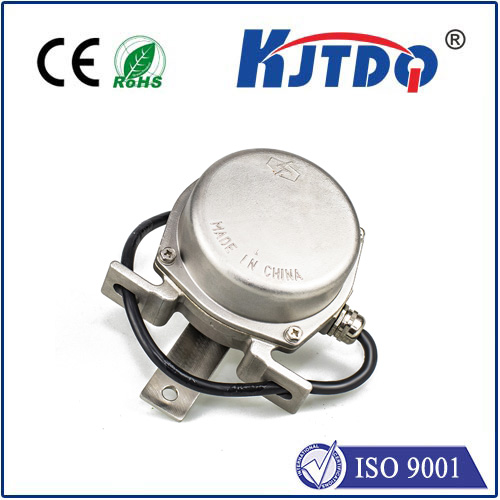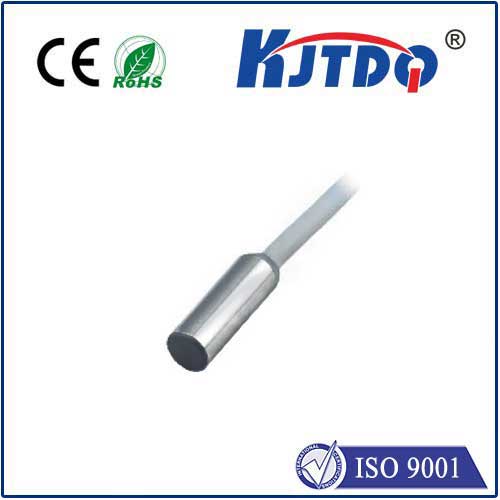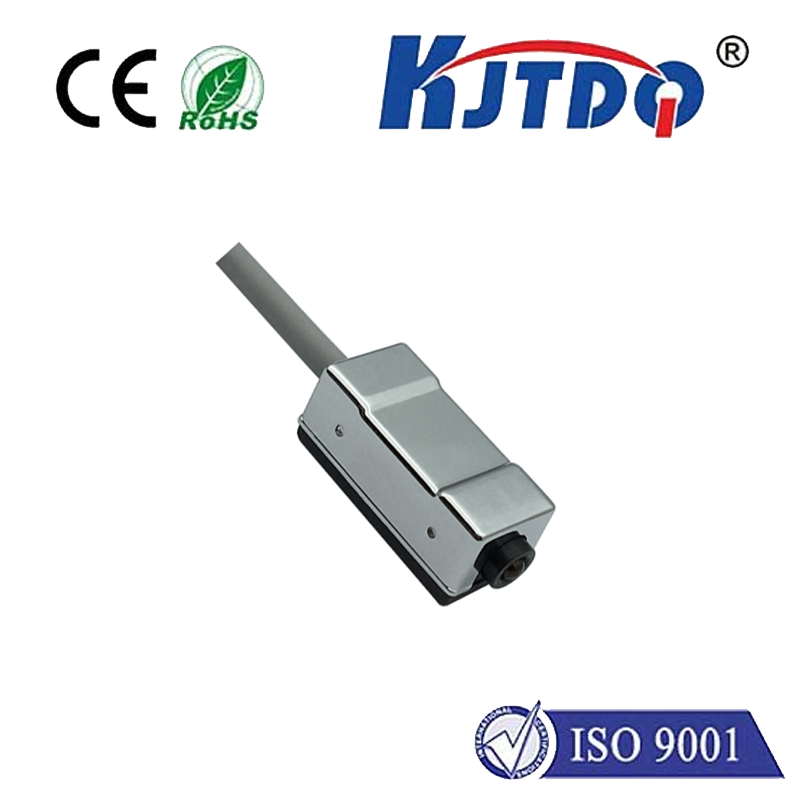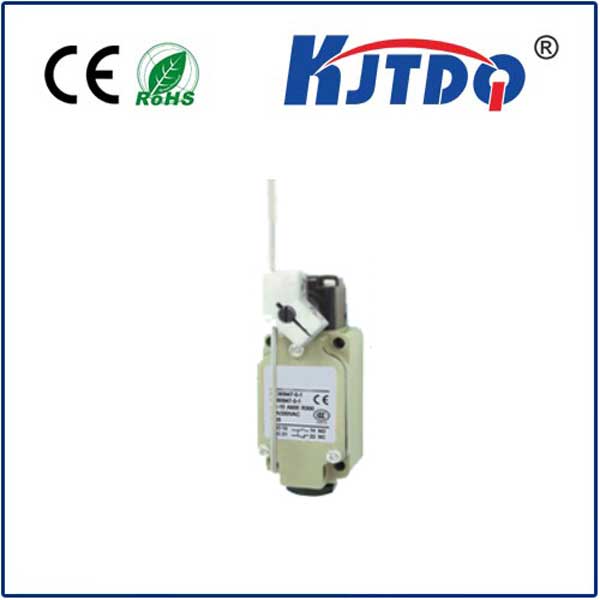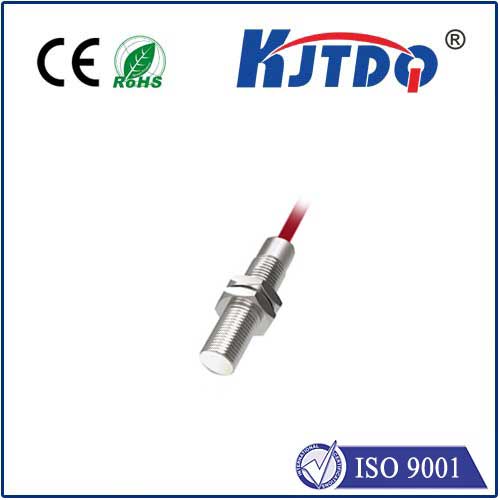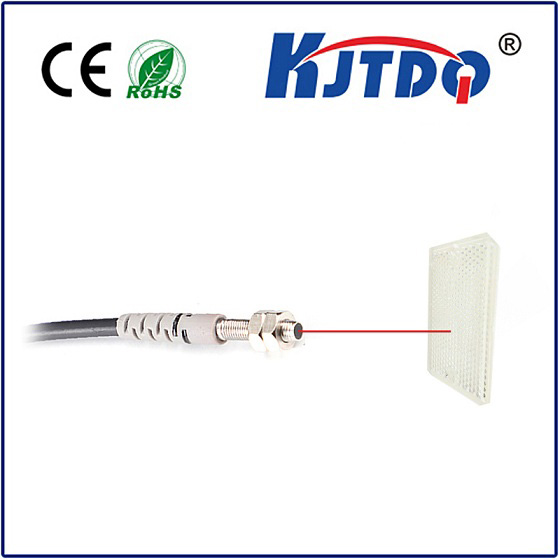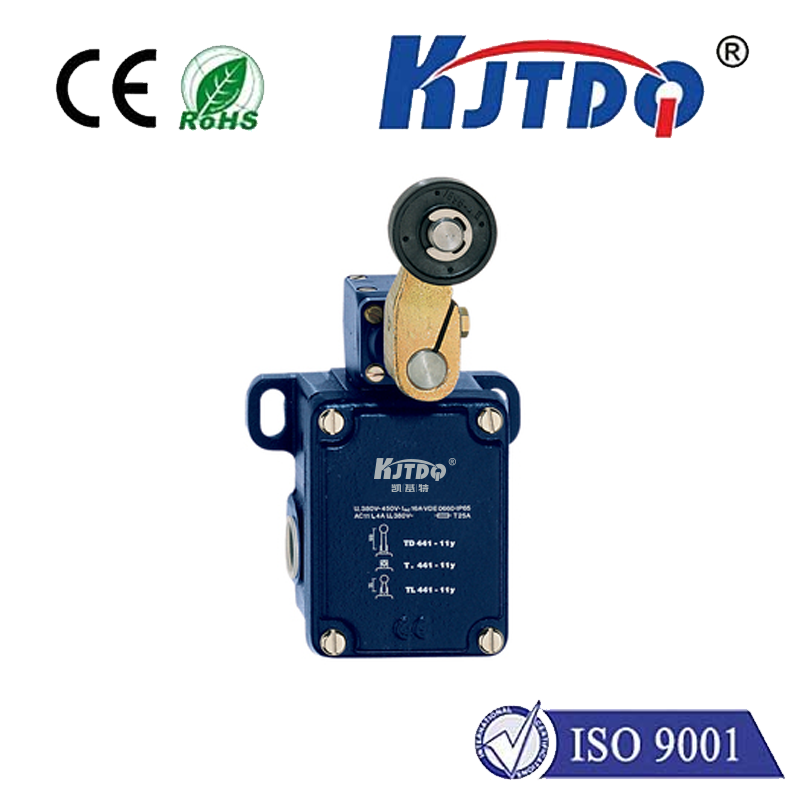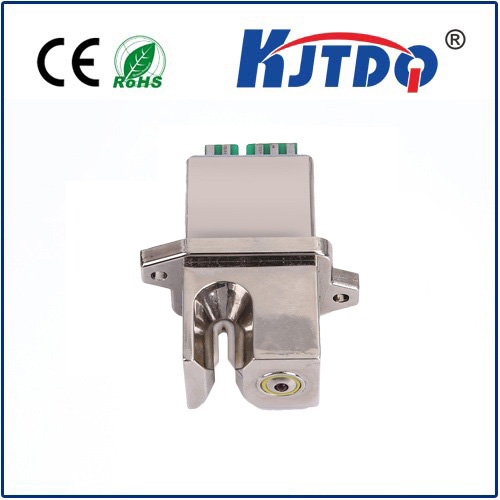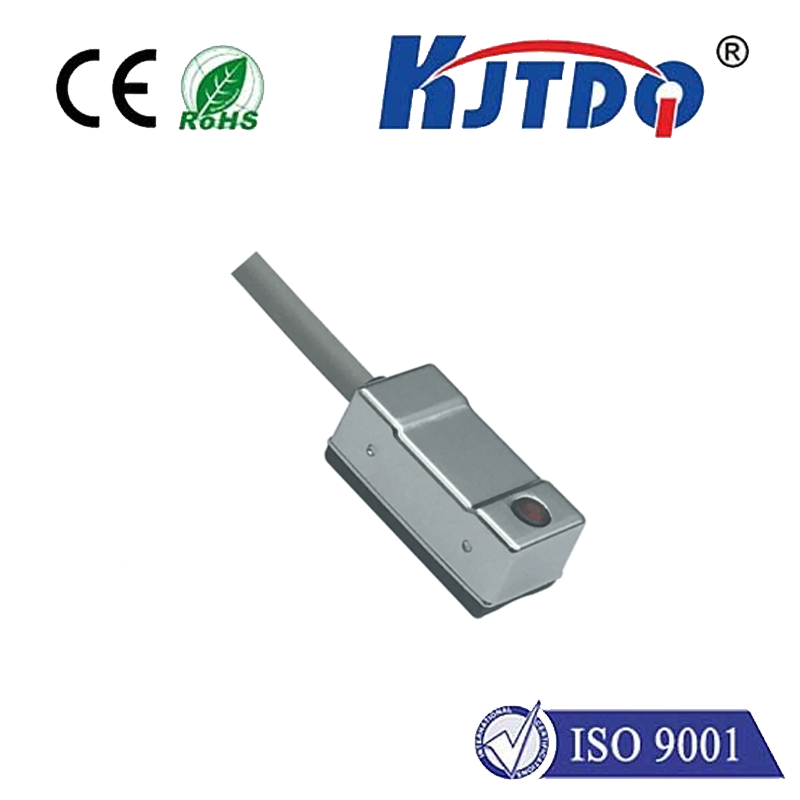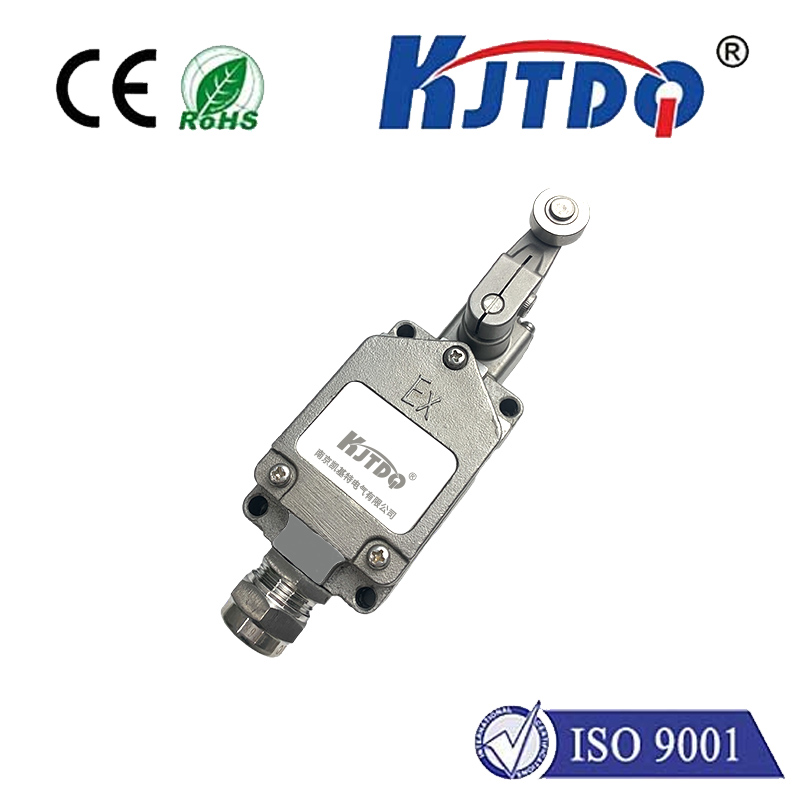
check

check

check

check
Introduction:
Proximity sensors have come a long way since their inception, and the HTM proximity sensor is at the forefront of this technological advancement. This non-contact measuring technology has revolutionized distance detection, making it possible to measure distances without physical contact. In this article, we will delve into the capabilities and advantages of the HTM proximity sensor, exploring how it is changing the game in various industries.
Section 1: What is a Proximity Sensor?
A proximity sensor, also known as a magnetic or infrared sensor, is an electronic device that detects and measures the distance between two objects. It works by transmitting radio waves or light pulses and detecting the reflections or refractions of these waves back from the object. Proximity sensors can be used for various applications, including home automation, industrial monitoring, and medical devices.
Section 2: How Does the HTM Proximity Sensor Work?
The HTM proximity sensor uses infrared (IR) technology to measure distances up to 10 meters. It has a high resolution of 1mm and can detect objects with different materials and shapes. The sensor emits IR pulses that bounce off objects in its field of view and are reflected back to the sensor. The sensor then calculates the time it takes for the pulse to travel to and back from the object, which is used to determine the distance. Additionally, the HTM proximity sensor can be integrated with other technologies such as microcontrollers and actuators for greater functionality.
Section 3: Advantages of Using HTM Proximity Sensors
There are several advantages to using HTM proximity sensors, including:
1. Non-Invasive: Proximity sensors do not require physical contact with the object being measured, making them ideal for applications where contact may cause damage or contamination.
2. Accurate: HTM proximity sensors provide highly accurate measurements, even in challenging environments such as dusty or cluttered areas.
3. Easy to Use:Proximity sensors are easy to install and operate, requiring minimal maintenance compared to other distance measurement methods.
4. Cost-Effective: Proximity sensors are relatively inexpensive compared to other distance measurement technologies and can be easily integrated into existing systems.
Conclusion:
The HTM proximity sensor is a game-changer in the world of distance detection. Its non-contact measuring technology, accuracy, ease of use, and cost-effectiveness make it an attractive solution for various industries. As research continues to improve upon this technology, we can expect to see even more innovative applications in the future
